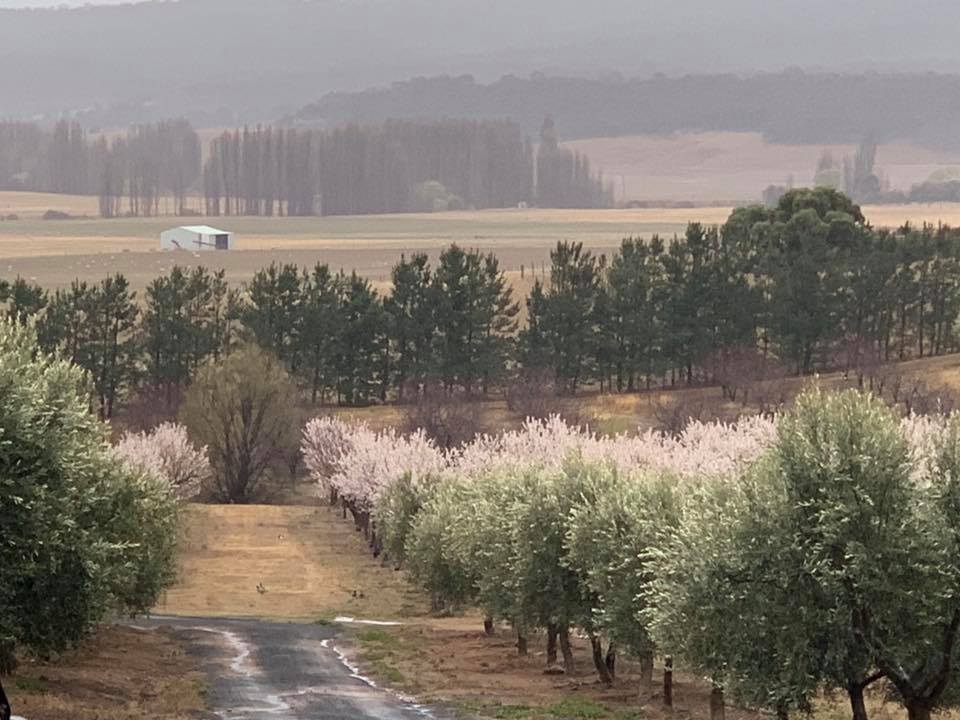Crafting Excellence at High Altitudes
Extra virgin olive oil, celebrated as "liquid gold," takes on a unique character when crafted in cold climate, high-altitude regions. The journey from the elevated olive groves to your table is a captivating blend of precision, tradition, and nature's influence. In this article, we embark on a fascinating exploration of the intricate production process behind cold climate, high-altitude extra virgin olive oil.
1. Olive Harvesting in Cool Altitudes
The journey commences in the elevated olive groves, where skilled harvesters handpick olives thriving in the crisp, high-altitude air. The cooler climate of these regions affects the timing of the harvest, often extending the ripening period, resulting in olives with a distinct flavour profile.
2. Meticulous Olive Selection
Following harvest, olives undergo a rigorous selection process. Farmers and workers handpick only the ripest, pristine olives, ensuring the highest oil quality. This careful selection is especially critical in cold climates where olives may experience temperature fluctuations.
3. Cold Water Wash and Cleaning
Cleanliness remains a top priority in these regions. The chosen olives receive a thorough cold-water wash, eliminating dirt and potential impurities. This meticulous cleaning process upholds the oil's purity and preserves its unique characteristics.
4. Crushing and Malaxation at Altitude
The elevated olive paste is now prepared for oil extraction. In high-altitude regions, the olives are often crushed at lower temperatures, preserving their delicate flavours. After crushing, the paste undergoes malaxation, allowing the oil droplets to merge, a process that benefits from the natural chill of high altitudes.
5. Gentle Pressing
Pressing the olive paste follows the same principles, emphasizing gentle extraction. Hydraulic presses or centrifugal extractors are employed with care, ensuring that the cold climate's influence is retained in the oil.
6. Natural Settling at High Altitude
The pressed mixture of oil and water is left to naturally separate in settling tanks, a process that may be extended due to the lower temperatures. The cold climate enhances the oil's clarity and purity as impurities settle more effectively.
7. Pristine Filtration
To further enhance the oil's clarity and extend its shelf life, it undergoes filtration. This process is performed meticulously, ensuring that the oil maintains its cold-climate attributes.
8. Storage and Bottling in the Cold
The precious oil is stored in stainless steel tanks or dark glass containers, guarded against the influence of light and oxygen. Bottling is the final step, carefully executed to preserve the oil's cold-climate excellence.
9. Quality Testing for Altitude Influence
Before reaching consumers, cold climate, high-altitude extra virgin olive oil undergoes thorough quality testing. These tests assess acidity levels, flavour, aroma, and the unique attributes imparted by the elevation and cold climate.
The journey of extra virgin olive oil from cold climate, high-altitude olive groves to your table is a remarkable fusion of tradition, precision, and the distinct influence of nature's chill. Each step, from harvesting and pressing to bottling and quality testing, contributes to the creation of this extraordinary culinary gem. As you savour the nuanced flavours of this liquid gold, you'll appreciate the artistry and science that converge to craft excellence at high altitudes.

